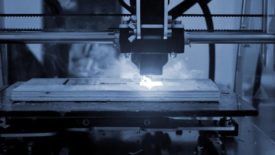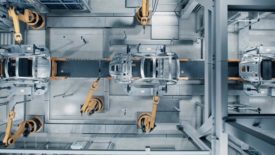Home » technology
Articles Tagged with ''technology''
NDT | Additive Manufacturing
Understanding what technologies are available is the first step.
Read More
Quality in Automation | Industry 4.0
Connected Quality Is the Secret Sauce to the Fulfillment of Industry 4.0
Integrating QC and QA can mitigate product quality risk and empower smarter factories.
April 6, 2023
Test & Inspection
How a Shrinking Workforce Affects Testing and Inspection in NDT
As the pandemic and advances in technology impact the field, education and training remain paramount — especially for newcomers.
December 30, 2022
Software & Analysis
A Corporate Commitment to Quality Requires a Digital-First Approach
Four Trends Shaping the Next Gen in Quality Management
June 10, 2021
Technology Adoption
The importance of not only how many, but also how quick.
September 1, 2020
Laser Trackers Take a Bold Step into Scanning
Large scale metrology grade scanning debuts this year.
June 1, 2019
Stay in the know with Quality’s comprehensive coverage of
the manufacturing and metrology industries.
eNewsletter | Website | eMagazine
JOIN TODAY!Copyright ©2024. All Rights Reserved BNP Media.
Design, CMS, Hosting & Web Development :: ePublishing








